Is Baltimore America’s Most Eccentric City?

That bus is the official Museum of Visionary Art vehicle. (Photo: Rachel Kramer/Flickr)
Baltimore was only the capital of the United States for two months, until early 1777, but Maryland’s largest city wore its official duties with characteristic panache–delegates from the Thirteen Colonies began meeting in a handsome three-story tavern as the American Revolution raged further north. Perhaps that’s why nothing much got done.
But Baltimore’s heyday was not in the 18th century, or even in the 19th, when Edgar Allan Poe haunted its bars and backstreets. It is only in the last 50 years or so that the city has truly solidified its legacy of eccentricity. These days the Continental Congress would be happening in an off-beat community theater or the headquarters of a rock opera society.
“You can look far and wide, but you’ll never discover a stranger city with such extreme style,” filmmaker and local celebrity John Waters wrote in his book, Shock Value. ”It’s as if every eccentric in the South decided to move north, ran out of gas in Baltimore, and decided to stay.”
Full of old sailors’ bars and idiosyncratic house museums, pink flamingo yard ornaments and grand old libraries, Baltimore has been an intriguing city for nearly three centuries. Here are 12 hidden wonders that prove that Baltimore may secretly be the most fascinating city in America.
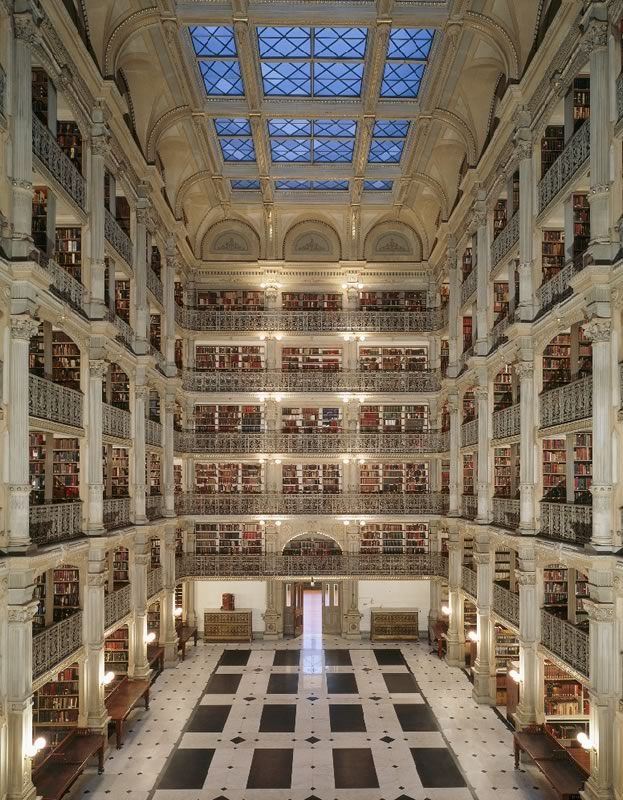
Like a temple in the City That Reads. (Photo: Raphaël Labbé/Flickr)
In the 1990s one mayor tried to rebrand Baltimore as “The City That Reads,” and had the slogan painted on wooden benches all over the city. It failed to catch on like “Charm City” before it; canny residents quickly turned it into “The City That Bleeds.” Reading and crime statistics aside, the city’s George Peabody Library is a stunner. Naturally lit in the daytime by a skylight six floors above the hall, the 1878 library’s grand interior features ornate floor-to-ceiling bookshelves and patterned marble floors.
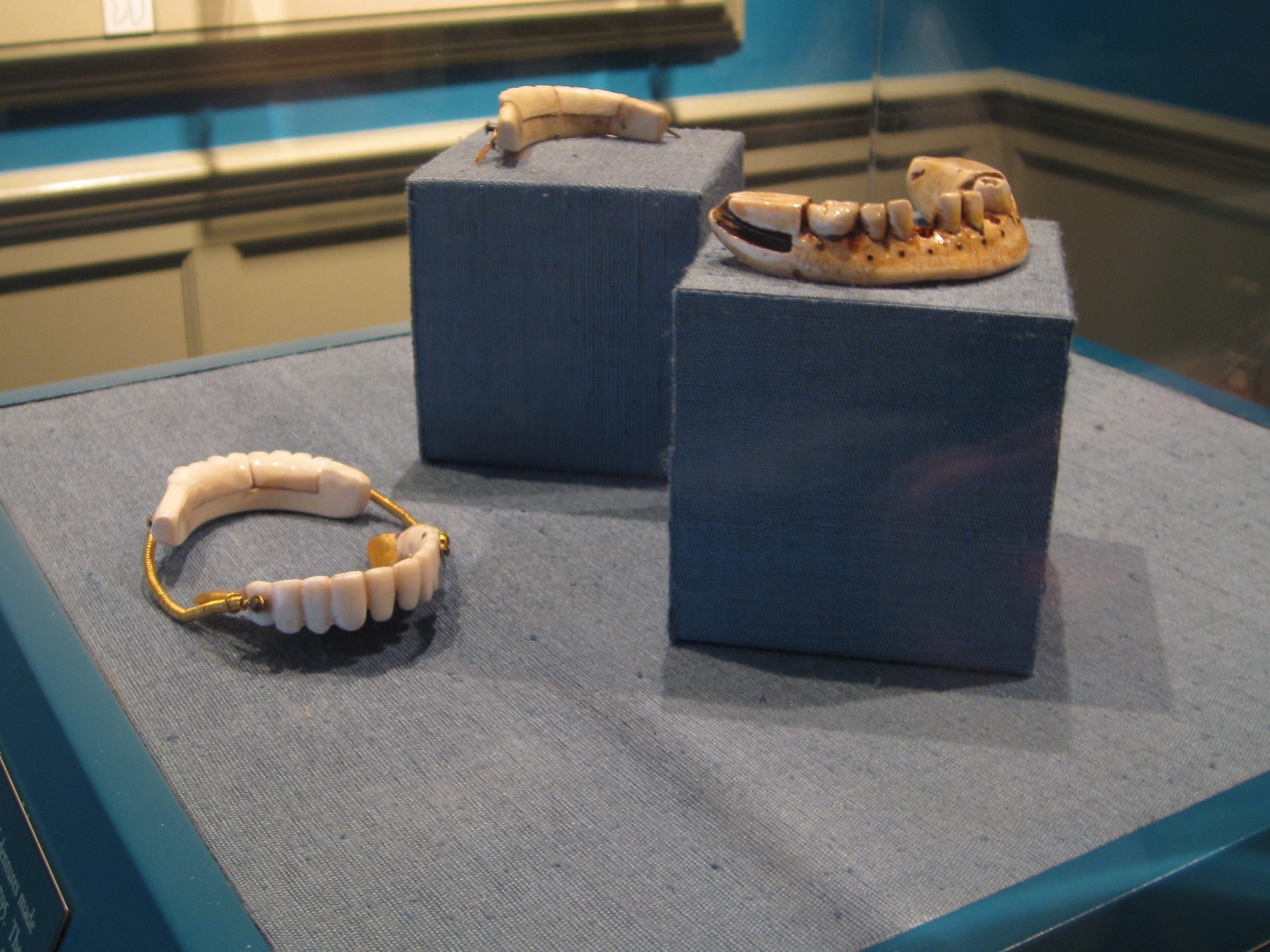
George Washington’s dentures. (Photo: voteprime/flickr)
2. National Museum of Dentistry
This Congress-approved museum is devoted to the history of our chompers and their health. Among the artifacts on display are a set of George Washington’s fabled wooden dentures (which were actually made of gold, ivory, lead, and human, horse and donkey teeth), intimidating-looking ancient extraction equipment, and Queen Victoria’s personal oral hygiene instruments. It is the perfect spot for museum fans who are a bit tired of art, and not afraid of the vicissitudes of dental work.
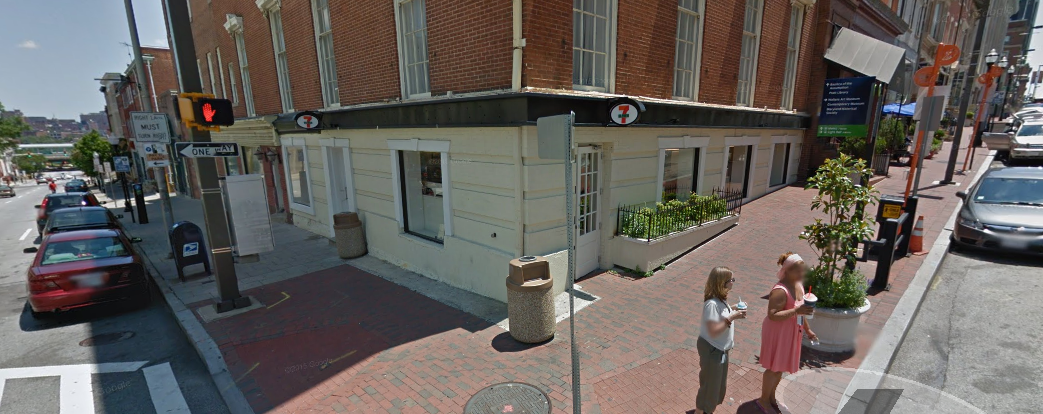
Slurpee? Ghosts? You got it. (Photo: Google Maps)
One of the many firsts to take place in Baltimore is the naming of the Ouija Board. The name stems from a seance in 1890 that took place in a boarding house that no longer exists. In the place of the boarding house is a regular old 7-Eleven convenience store which did not acknowledge the space’s role in family-friendly occult game history for most of its life. However, in 2015 the Talking Board Historical Society successfully lobbied to have a plaque installed in the store commemorating the event.
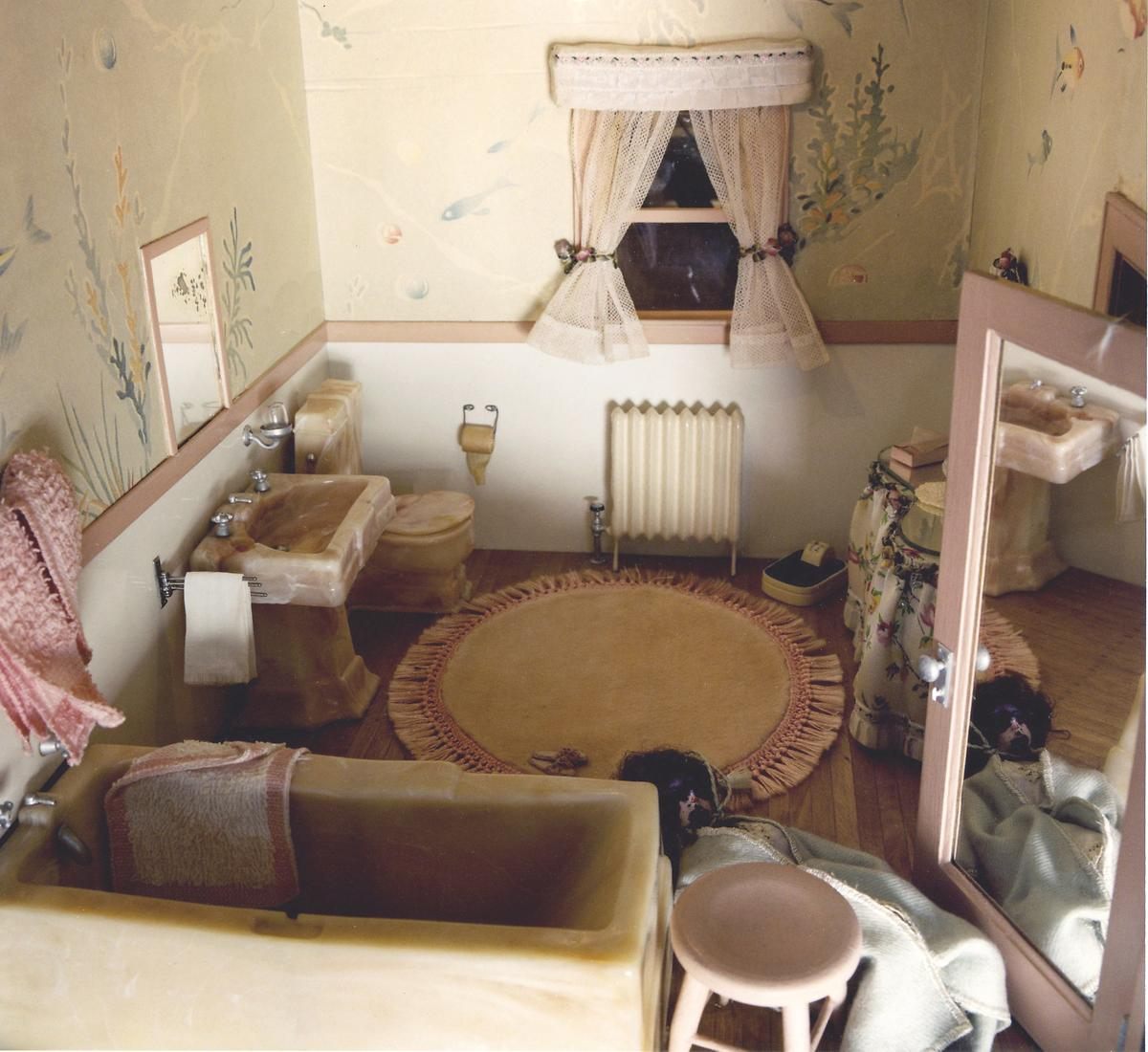
4. Nutshell Studies of Unexplained Death
A bit harder to see, but none the less amazing, are the Nutshell Studies of Unexplained Death held in the Maryland Medical Examiner’s Office in Baltimore. These tiny crime scene dioramas, starring miniature corpses in a variety of macabre positions, were created in the mid-20th century as training aids for forensic scientists–and are still in use today. The 18 painstakingly crafted dioramas feature functioning locks and lights, and details such as overturned cups, bullet holes, and boxes of chocolates.
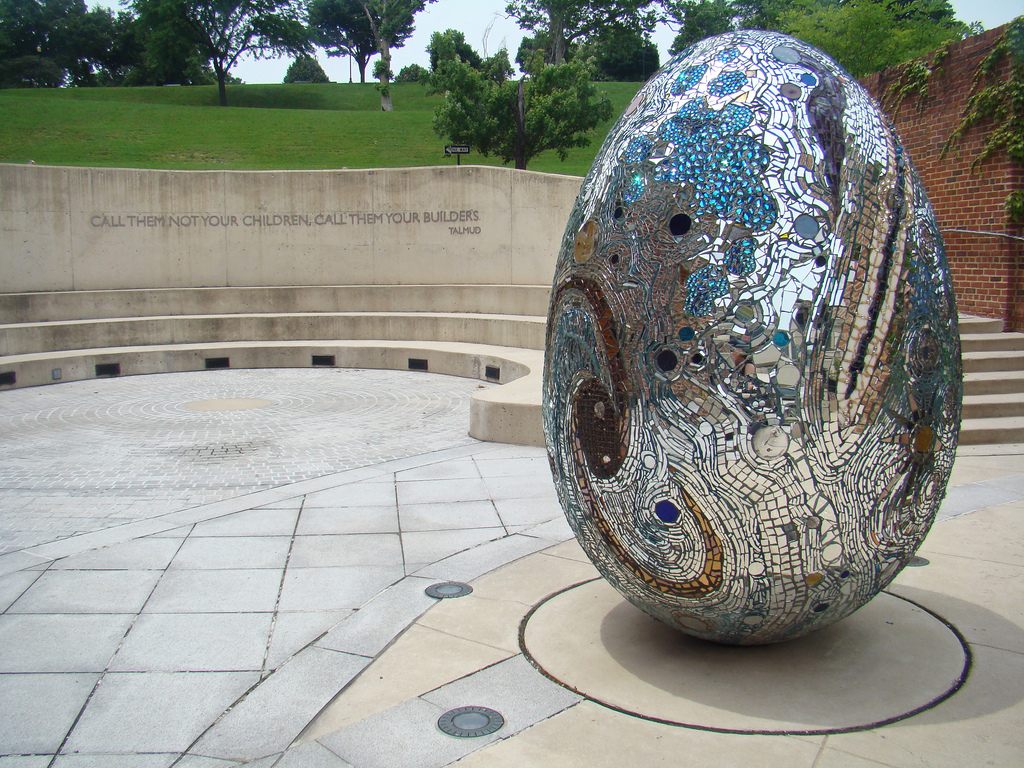
Homemade Fabergé egg. (Photo: istolethetv/Flickr)
5. The American Visionary Art Museum
Art museums don’t come much more unique than the American Visionary Art Museum, which celebrates self-taught artisans and their often strange DIY creations. The museum’s collection includes everything from a hand-crocheted “horse dress” to a mental patient’s self-portrait on an apple tree trunk. Every year, the museum organizes the Kinetic Sculpture Race, where folk-inspired floats race through the streets of Baltimore.

Nevermore, indeed. (Photo: brauerranch/Flickr)
Edgar Allan Poe spent years drifting around Baltimore before dying there in 1849 of mysterious causes. He’s buried with his wife, Virginia, in the Westminster Burial Ground, an historic graveyard in downtown Baltimore. His reconstructed headstone features a carved raven and the most famous line from Poe’s favorite poem, “Quoth the raven, ‘nevermore.’” A fine way to pay respect to one of America’s darkest and strangest authors.

A wax Dorothy Height, former president of the National Council of Negro Women. (Photo: Fort George G. Meade Public Affairs Office/Flickr)
7. The National Great Blacks in Wax Museum
Baltimore’s National Great Blacks in Wax Museum was the first wax museum to open in the city, in 1983, as well as the first in the country to focus on black history. Figures on display include greats like Martin Luther King, Jr. and Malcolm X, along with lesser-known characters like Arctic explorer Matthew Henson. There are also visceral displays about slavery that become all the more affecting in their 3-D depictions.

Go ahead and spray away. (Photo: Forsaken Foto/Flickr)
8. Graffiti Alley
It’s hard for graffiti artists to find places to share their artwork without fear of arrest and prosecution. Luckily for Baltimore’s taggers, there’s Graffiti Alley, a legal street art space. The Alley, once home to shady dealings, is now bursting with color and creativity. Since the work on the brick walls is always changing, you’ll never walk through the same Graffiti Alley twice.
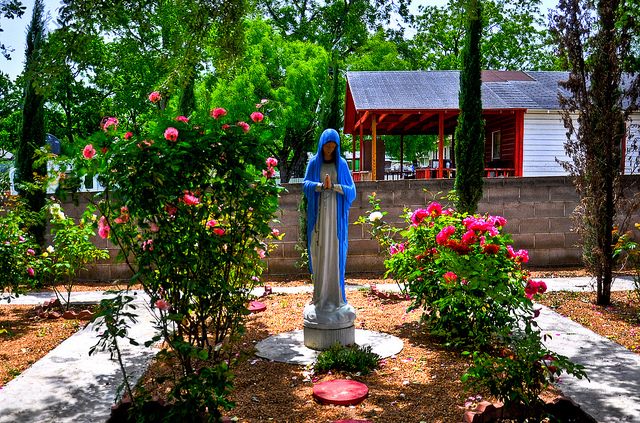
A Carmelite convent’s peaceful garden. (Photo: Pilgrimfatima/Flickr)
9. Baltimore Carmelite Monastery
This Carmelite monastery was the first community of religious women formed in the Thirteen Colonies, founded at Port Tobacco in 1790. It shifted locations several times before ending up at its present location on 27 peaceful acres. The Carmelites, an order of the Roman Catholic Church, date back more than 800 years, with practitioners devoting their lives to constant prayer. You’ll only see the nuns in their white robes for services here; most of the time they wear regular clothes.

Where’s the antacid? (Photo: Public Domain/WikiCommons)
10. Emerson Bromo-Seltzer Arts Tower
Bromo-Seltzer was a brand of antacid invented by Isaac Emerson and first introduced in 1888, but the drug’s name is now more often associated with the Arts Tower, a longtime Baltimore city landmark. At 15 stories and 289 feet, it was the tallest building in Baltimore from its construction in 1911 until 1923. Its design was originally inspired by the Palazzo Vecchio in Florence, Italy, and the building is listed on the National Register of Historic Places. It’s now home to more than 30 studios belonging to painters, jewelers, writers, digital artists, and performers.
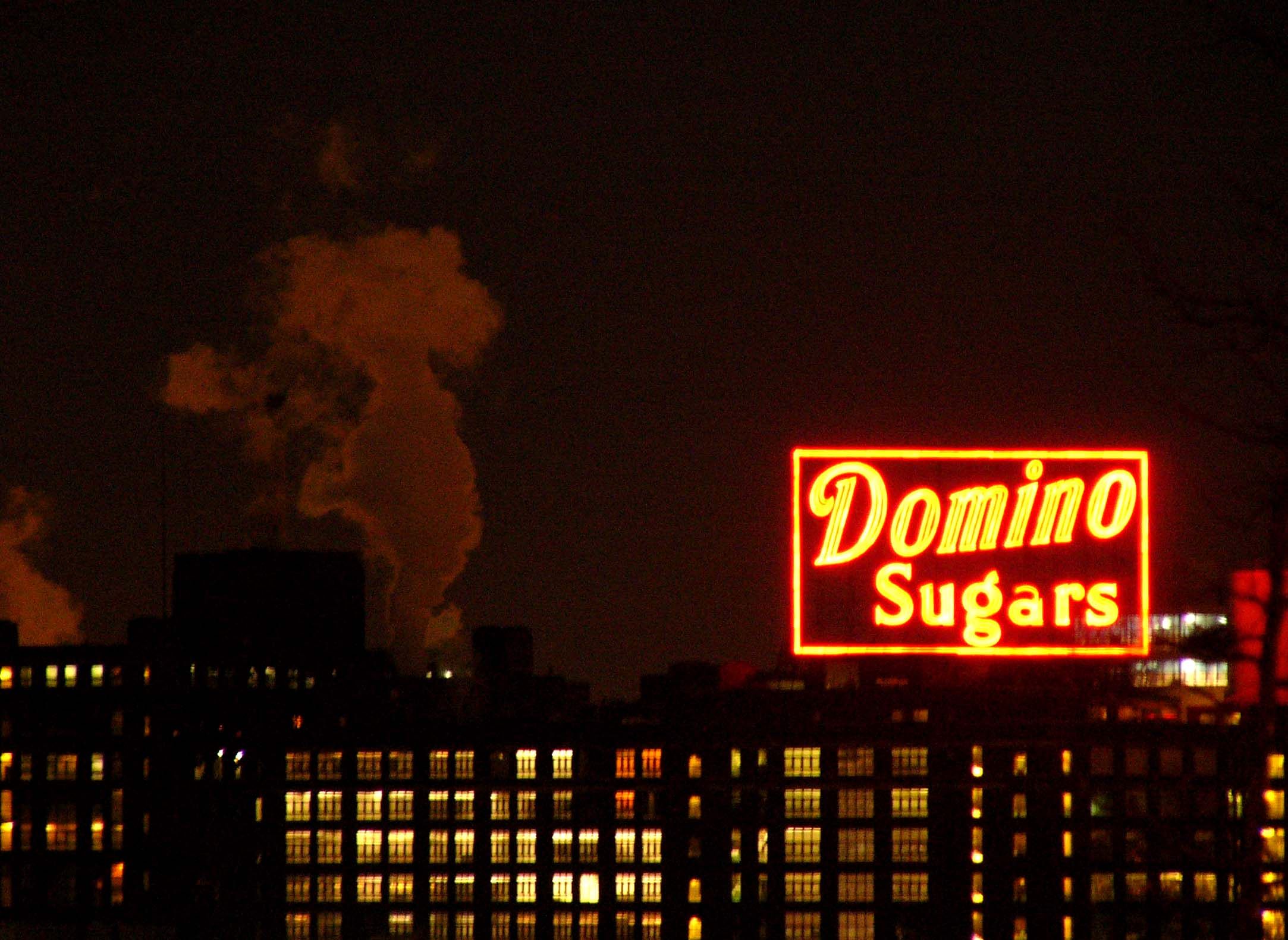
A sweet city symbol. (Photo: Kathleen Tyler Conklin/Flickr)
11. Domino Sugars Sign
After nearly seven decades of glowing above Baltimore’s Inner Harbor, the neon Domino Sugars sign is now a beloved part of the city’s skyline. The sign is made up of 650 elongated glass tubes, hundreds of miles of wire, and 230 transformers. For a sense of size, the D is 40 feet high. Though it’s lit up every evening, individuals sometimes also request it be lit up for special occasions in the middle of the day. Meanwhile, the 94-year-old sugar refinery is the last major manufacturer still operating in an area better known these days for tourist attractions.
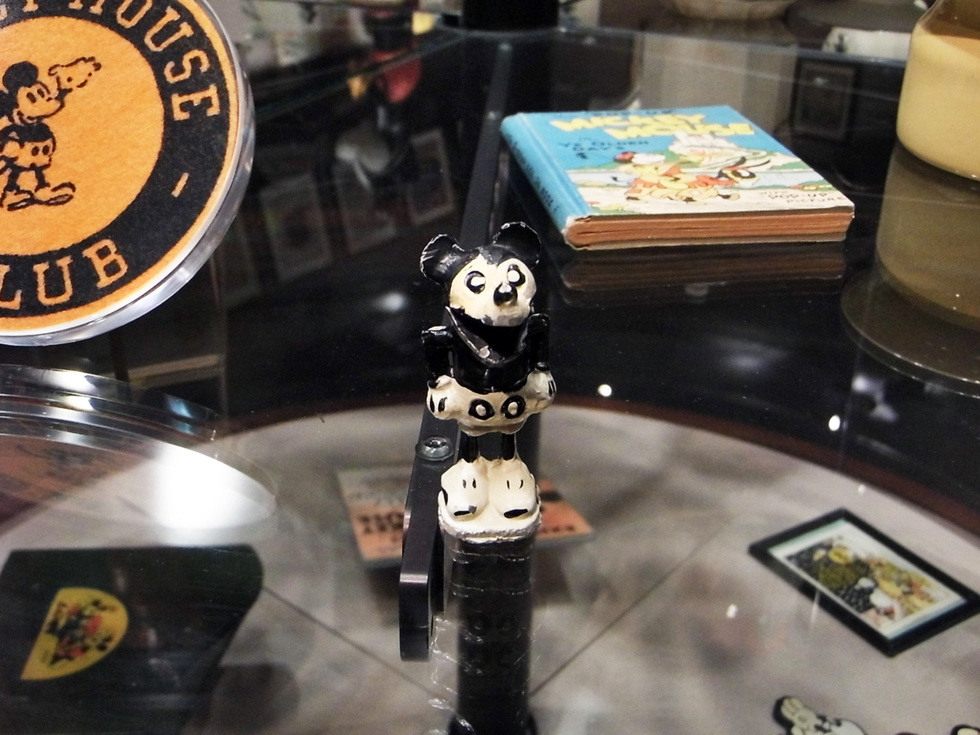
Mickey Mouse Club artifacts. (Photo: Avoiding Regret)
12. Geppi’s Entertainment Museum
Geppi’s Entertainment Museum attempts to cover the whole range of American pop culture in just one 16,000-square-foot museum–an daunting goal indeed. Cereal box personas, Pez dispensers, superheroes, and Depression-era newspapers all feature prominently.

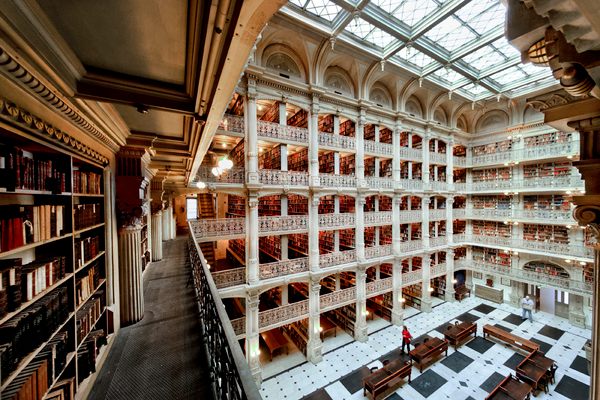









Follow us on Twitter to get the latest on the world's hidden wonders.
Like us on Facebook to get the latest on the world's hidden wonders.
Follow us on Twitter Like us on Facebook